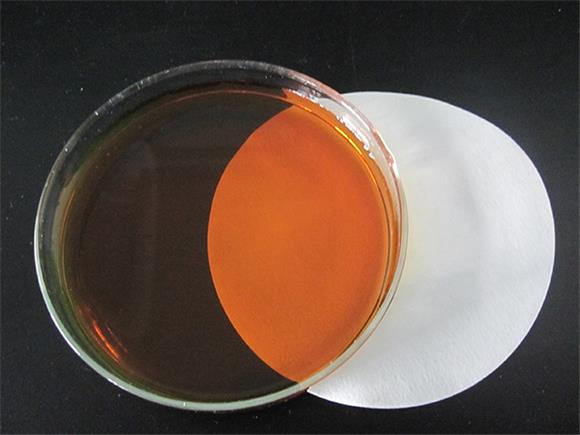
News
Aug . 20, 2024 15:11 Back to list
Pricing Comparison of Polyglutamic Acid and Vitamin C for Skincare Products
The Market Dynamics of Polyglutamic Acid and Vitamin C Pricing
The increasing demand for healthy and effective skincare products has propelled a variety of ingredients into the spotlight, among which polyglutamic acid and vitamin C stand out. Both substances have unique properties that make them popular in cosmetic formulations. Understanding the pricing dynamics of polyglutamic acid and vitamin C requires an exploration of their benefits, production methods, and market trends.
Polyglutamic acid, a powerful humectant, is derived from the fermentation of soybeans or other natural proteins. It possesses remarkable water-retaining properties, able to hold up to 5,000 times its weight in water, which helps keep the skin hydrated and plump. This ingredient became popular in cosmetics due to its ability to enhance the skin's moisture levels, improve elasticity, and reduce the appearance of fine lines and wrinkles. As awareness about skincare ingredients grows, more manufacturers are incorporating polyglutamic acid into their products, leading to increased demand.
On the other hand, vitamin C is well-known for its antioxidant properties, as well as its role in collagen synthesis, which is crucial for maintaining youthful skin. It helps to combat environmental stressors, brightens the complexion, and reduces signs of aging. The popularity of vitamin C in skincare has surged over the years, supported by extensive research highlighting its efficacy. This high demand results in a competitive market, influencing its pricing.
The prices of both polyglutamic acid and vitamin C are influenced by several factors. For polyglutamic acid, the cost of raw materials and the fermentation process play a substantial role. The production of polyglutamic acid, while being derived from natural sources, requires specific technological processes that can be expensive. The scarcity of raw materials can also drive prices higher, especially when demand outpaces supply.
polyglutamic acid and vitamin c price

Conversely, vitamin C pricing is affected by its stability and the methods used to extract and stabilize the vitamin. As a naturally occurring compound, vitamin C can be derived from various sources, including citrus fruits and synthetic processes. However, the stability of vitamin C in formulations can be challenging, often leading to innovations in stabilizing techniques that may increase production costs. Furthermore, fluctuations in the raw material market directly impact the price, determined by factors such as seasonal crop yields and global trade dynamics.
As consumers become more informed about ingredient efficacy, the trend continues to favor high-quality, potent formulations. For brands, investing in effective marketing and education about the benefits of polyglutamic acid and vitamin C can justify higher price points. Consumers are often willing to pay a premium for products that demonstrate transparent sourcing and scientific backing.
Looking ahead, the market for polyglutamic acid and vitamin C is expected to grow. With the rise in e-commerce and an increasing number of consumers seeking effective skincare solutions, brands will need to remain agile in their pricing strategies. Companies may consider leveraging sustainable practices in sourcing ingredients, which not only appeals to eco-conscious consumers but can also create a competitive edge.
In conclusion, the pricing of polyglutamic acid and vitamin C reflects a complex interplay of production costs, consumer demand, and market trends. As the skincare industry evolves, so too will the strategies surrounding pricing, ingredient sourcing, and product formulation. Consumers can anticipate a wider range of options that meet their need for effective, high-quality skincare products—at varying price points that reflect the value of these sought-after ingredients.
-
Polyaspartic Acid Salts in Agricultural Fertilizers: A Sustainable Solution
NewsJul.21,2025
-
OEM Chelating Agent Preservative Supplier & Manufacturer High-Quality Customized Solutions
NewsJul.08,2025
-
OEM Potassium Chelating Agent Manufacturer - Custom Potassium Oxalate & Citrate Solutions
NewsJul.08,2025
-
OEM Pentasodium DTPA Chelating Agent Supplier & Manufacturer High Purity & Cost-Effective Solutions
NewsJul.08,2025
-
High-Efficiency Chelated Trace Elements Fertilizer Bulk Supplier & Manufacturer Quotes
NewsJul.07,2025
-
High Quality K Formation for a Chelating Agent – Reliable Manufacturer & Supplier
NewsJul.07,2025
